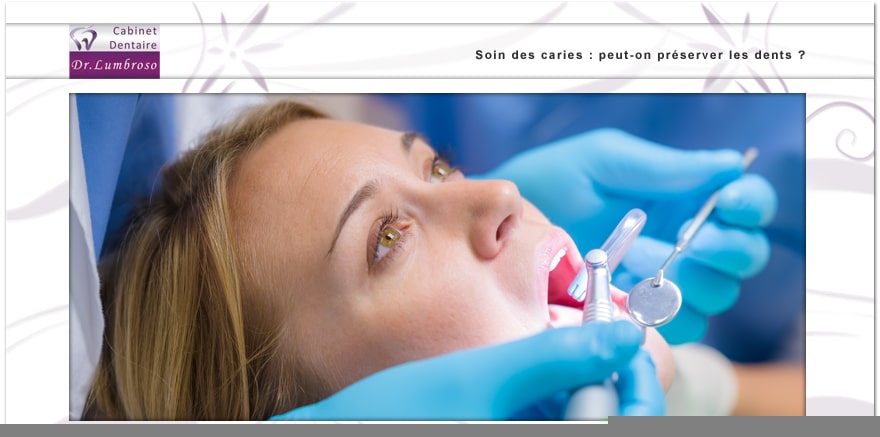Caries care: can we preserve our teeth?
Current treatment techniques too often lead to tooth loss. Specialists stress the importance of a preventive model of minimally or non-invasive care.

The FDI World Dental Federation has recently issued an alarming report on the oral disease of dental caries, a global scourge that continues to be endemic worldwide despite the knowledge of the disease and the resources available to the dental profession.
Faced with this situation, it is necessary to change the system of caries management, replacing the traditional curative model of dental care, based mainly on the achievement of dental fillings which too often lead to the loss of the tooth, by a less invasive model of care based on the preservation of dental tissue.
The dental surgeon should no longer limit himself to repairing teeth damaged by caries, but should assess the caries risk of each patient in advance and treat the disease with primary and secondary preventive measures : application of minimal dental care (sealing of dental grooves, remineralisation of the dental enamel by the application of agents, dental micro-preparation...), in addition to continuous monitoring of the patient throughout his life. By adopting a medicalised approach based on prevention and follow-up, patients, both children and adults, can be spared from cavities.
Thanks to the technological means available to practitioners, contemporary dentistry makes it possible to carry out mini-invasive or a minima care which remains as much or even more demanding than conventional care. In this case, the dental surgeon must intervene under painless local anaesthesia, by placing a rubber operating field on the tooth (the dam) and using binocular magnifying glasses or a dental microscope to be able to operate on the scale of the lesion of the dental enamel. In addition, the instrumentation for removing decayed tissue has been considerably diversified and improved, as have the burs, which have become miniaturised and in some cases are made of diamond or porcelain. The use of these abrasive diamond micro-bits on standard vibratory instruments makes it possible, for example, to remove the carious area extremely precisely without destroying the healthy tissue surrounding the lesion (this is known as sono-abrasion).
The practitioner can also use oral lasers, which are more suitable for treating soft tissues (gums, oral mucosa), but which can help him or her to complete or improve the treatment at the early stage of the carious lesion. For example, erbium lasers can be used for minimal caries removal, especially in the molar grooves. Caries treatment should be complemented with the use of dental composites, directly bonded and polymerised to the tooth to obtain a watertight filling that will prevent further penetration of cariogenic bacteria into the dental tissues.
In conclusion, these technological advances will only be of interest if the dental surgeon combines them with accurate and early diagnosis of caries and control of the risk factors. Taking these dimensions into account in a global approach will enable the carious lesion to be treated effectively while preserving the tooth, to the great benefit of patients.
Source : le figaro.fr
